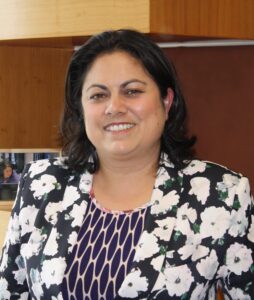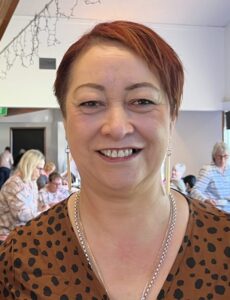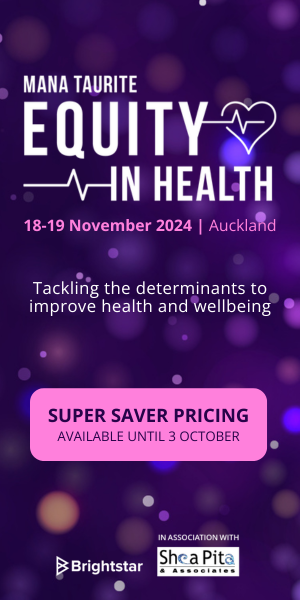Provision of nutritious food for nightshift staff and psychological support following adverse events, are among a wide range of measures to retain and grow the health workforce, announced yesterday.
Speaking to media about the national health workforce plan to fill 8000 missing health-care staff vacancies, Minister of Health Ayesha Verrall said some of the gaps were “confronting”.

Of about 8000 health-care workers who are missing from the system right now, 4800 of those are nurses.
The report said if no action were taken, the deficit in nursing staff would be 8000 by 2032.
Verrall said it was important the existing workforce was properly supported, but they also needed to know that progress was being made.
” . . . we’ve grown the number of nurses by a thousand in the last 18 months, our international recruitment is actually quite strong, we’re making progress, and we have a plan to address the long-term challenges.”

She said the current staffing shortages had been “decades in the making” and she wasn’t surprised by the sobering data in the report.
” . . . and we’ve heard from our health workforce they are under pressure, so no, I’m not surprised.”
NZNO manager of nursing and professional services Mairi Lucas welcomed the plan, but said it should have been produced at least 20 years earlier.
“Significant mahi has been done by NZNO delegates, members and officials to highlight the dire situation nurses have struggled with for too long, so the plan – which includes many of the focus areas of NZNO’s Maranga Mai! strategy – is certainly welcome.”
The workforce plan was aiming to increase growth in the recruitment of internationally qualified nurses (IQNs) in the next two years, while putting in measures to boost and retain the domestically trained workforce in the longer term.

Maintaining the current rates of recruitment of IQNs would be “difficult” and would “likely require growing incentives over time to continue to attract sufficient nurses”.
A reduction in high student-nurse attrition rates from 30 to 20 per cent was a key target, to increase New Zealand trained nurses. This alone would result in an additional 345 nursing graduates per year, according to the report.
Reducing attrition rates among student nurses would require increased “academic and cultural support” for students, in addition to financial support.
‘To still be facing an understaffed, inaccessible and frankly dangerous health system in 2032 is the last thing anybody wants to see.’
The plan aimed to increase provision of scholarships, hardship grants and earn-as-you-learn programmes, however it did not include specific targets for these in the long or short-term.
Student clinical placements would be increased and, better supported, from 2024. The plan would:
- grow placements with kaupapa Māori and Pacific providers and other primary health care services;
- develop a consistent, national approach to funding placements;
- improve coordination to make better use of available placement settings;
- ensure cultural safety on placement, and exposure to diverse training experiences.
Verrall’s announcement of a major increase in clinical placements on Sunday – an additional 830 from 2024 – was the first measure to be announced as part of a shorter-term funded plan, for the year from July 1, 2023.

The minister said the workforce plan had been co-designed by Te Whatu Ora and Te Aka Whai Ora and a core aim was to increase the Māori and Pacific health workforces, which were significantly disproportionate to those populations.
Over the next year, supports for Māori and Pacific health students would be expanded, including access to hardship assistance, provision of tailored programmes for high school students to enter tertiary and rongoā Māori pathways, and rolling out piloted earn-as-you-learn opportunities for kaiāwhina working in the community.
Lucas said NZNO welcomed the planned actions to grow pathways into health for Māori and Pasifika.
” . . . we agree that we cannot fix staffing shortages or reduce the health burden without more Māori and Pasifika nurses providing culturally appropriate care.”
Lucas said it was good to see a commitment to supporting the existing health workforce through settling outstanding pay issues, collaborative pay negotiations and helping staff stay safe at work.

A key test for Te Whatu Ora in delivering on the plan would be their response to an NZNO claim for staffing ratios, guaranteeing enough staff to meet patient demand at all times, Lucas said.
“For health and safety reasons, we need to be confident that the plan takes those future ratios into account.”
Lucas said the implementation of the plan was critical in ensuring “a health system that can provide safe, quality care to ensure the wellbeing of us all”.
“To still be facing an understaffed, inaccessible and frankly dangerous health system in 2032 is the last thing anybody wants to see.”



